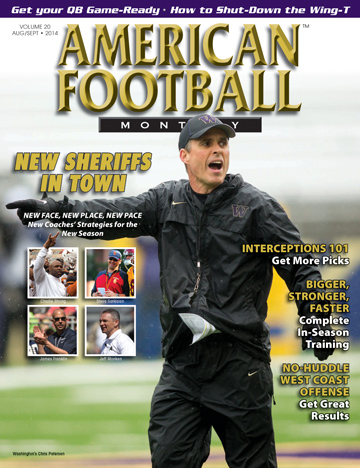Article CategoriesAFM Magazine
|
From the Coaches Bookshelf: Game Changer© More from this issueOn April 27, 2011, a massive EF4 tornado ripped through Tuscaloosa, Alabama, skirting the University of Alabama campus and narrowly missing Bryant-Denny Stadium, home of the Crimson Tide. The funnel cloud could be seen from Head Coach Nick Saban’s office. The tornado missed Saban’s home by a few yards. The destruction was devastating. Over 50 lost their lives. Living through such an experience changes people, mainly because of the way a community unites in the aftermath of such an event. In his new book, “The Storm and the Tide”, Sports Illustrated writer Lars Anderson details the events surrounding the killer storm and how it affected Saban, the Alabama football team and the entire Tuscaloosa community. Here is an excerpt. When Saban stepped through the doors at Belk (Activity Center), he was confronted with on....The full article can only be seen by subscribers.
|
|
|||||||
| HOME |
MAGAZINE |
SUBSCRIBE | ONLINE COLUMNISTS | COACHING VIDEOS |
Copyright 2026, AmericanFootballMonthly.com
All Rights Reserved





